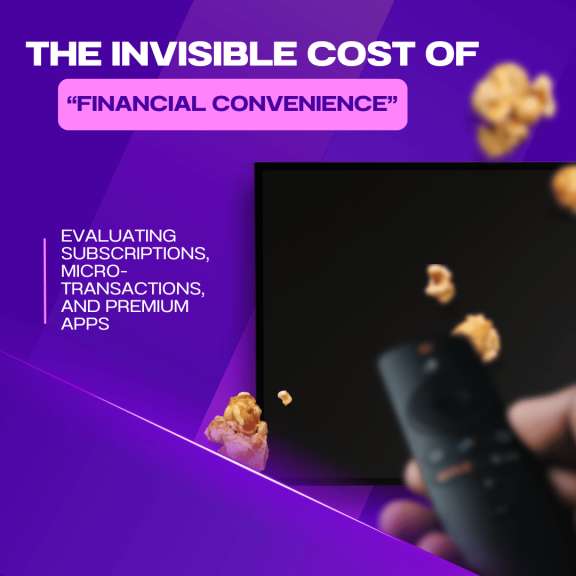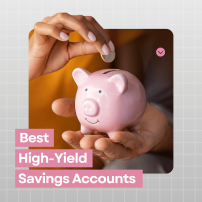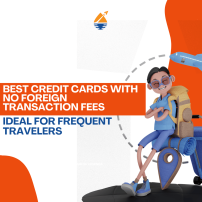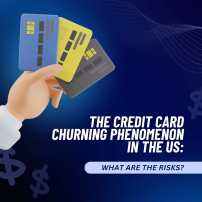The Invisible Cost of “Financial Convenience” in the US: Evaluating Subscriptions, Micro-Transactions, and Premium Apps

Advertisements
In the fast-paced digital age, convenience has become a highly valued commodity.
From one-click purchases to automated bill payments and ad-free experiences, technology has made managing our lives, including our finances, seemingly effortless.
In the U.S., this pursuit of convenience often comes with an invisible price tag: a myriad of recurring subscriptions, subtle micro-transactions, and tempting premium app upgrades that silently chip away at our bank accounts.
While each individual charge might seem negligible, their cumulative impact can be substantial, often derailing even the most meticulously planned budgets.
This article explores the hidden costs embedded in our pursuit of financial convenience and offers strategies to regain control.
The Ubiquity of Subscriptions: The New Normal
The subscription model has revolutionized how we consume services, from entertainment to software.
For a predictable monthly or annual fee, we gain access to a world of content, tools, and services.
In the U.S., the average consumer juggles a surprising number of these commitments.
Common Subscription Categories:
- Entertainment: Netflix, Hulu, Disney+, Spotify, Apple Music, YouTube Premium.
- Software & Productivity: Microsoft 365, Adobe Creative Cloud, Evernote Premium, Slack, Zoom Pro.
- Lifestyle & Wellness: Gym memberships (often with hidden annual fees), meal kit delivery services, meditation apps (Calm, Headspace), fitness apps.
- News & Information: Online newspaper subscriptions, premium content sites, financial newsletters.
- Home Services: Internet, cable TV, streaming bundles, smart home device subscriptions (e.g., security cameras).
- Delivery & Retail: Amazon Prime, Instacart Express, DashPass, Uber One.
The Invisible Drain:
The danger of subscriptions lies in their recurring nature and often small individual price points.
A $9.99 streaming service here, a $12.99 productivity app there, and suddenly you’re spending hundreds of dollars a month without a second thought.
Many people sign up for a free trial, forget to cancel, and end up paying for services they rarely use.
This phenomenon is often termed “subscription fatigue” or “subscription creep.”
Micro-Transactions: The “Pennies” That Add Up to Dollars
Beyond recurring subscriptions, modern finance is riddled with micro-transactions—small, often one-time or infrequent charges that feel too insignificant to track.
These are common in digital environments but also manifest in everyday physical transactions.
Where They Hide
App & Game Purchases: In-app purchases (IAPs) for virtual currency, extra lives, cosmetic items, or unlocking features in mobile games and apps.
“Freemium” Model Charges: Many apps are “free to download” but require small payments to remove ads, access advanced features, or get premium content.
Convenience Fees: Charges for paying bills online, using certain third-party payment processors, or expedited shipping.
ATM Fees: Out-of-network ATM charges ($2-$5 per transaction) that quickly accumulate if you’re not careful.
Transaction Fees: Small percentages charged by certain payment platforms (e.g., PayPal for specific transfers, Venmo for instant transfers).
Small Delivery Fees/Service Fees: Charges added to food delivery or ride-sharing apps on top of the base fare and tip.
The Psychological Trick
The “micro” in micro-transactions is a psychological trick. Because the amount is small, we don’t feel the immediate pain of parting with money.
This makes us more likely to authorize the charge repeatedly.
Over time, these seemingly insignificant amounts can siphon off a surprising portion of disposable income, often without being consciously budgeted for.
They represent impulse financial decisions that bypass deeper consideration.
Premium App Upgrades: Paying for “Better”
Many free apps offer a “premium” version or one-time unlock for enhanced functionality, an ad-free experience, or exclusive features.
While some premium upgrades offer genuine value, others are simply a way to monetize basic functionality that arguably should be free.
The Allure of Premium
Ad Removal: The promise of an uninterrupted experience.
Enhanced Features: Analytics, advanced editing tools, offline access.
Exclusive Content: Additional templates, filters, or learning modules.
Priority Support: Faster customer service.
Evaluating the True Value
The trap here is the “fear of missing out” or the desire for perceived efficiency. Before upgrading, ask yourself:
Do I really need these premium features? Or is the free version sufficient for my actual usage?
How often will I use the enhanced features? Does a $50 annual upgrade justify a feature you use once a month?
Is this a one-time purchase or a recurring subscription? Many premium apps are now moving to subscription models.
Often, the marginal benefit of a premium upgrade doesn’t justify the cost, especially if you have multiple apps making similar demands on your wallet.
The Hidden Costs of Automation: Set It and Forget It… and Pay
Automated payments for bills, subscriptions, and even investments offer unparalleled convenience.
You no longer have to worry about missing a due date or manually initiating transfers. However, this convenience can lead to a dangerous level of financial complacency.
Forgotten Subscriptions: Auto-renewals mean services you no longer use continue to charge you.
“Out of Sight, Out of Mind”: When money automatically leaves your account, you’re less likely to feel the pinch or scrutinize where it’s going. This detachment can lead to overspending or neglecting budget reviews.
Unexpected Price Hikes: Service providers can increase subscription fees, and if you’re on auto-pay, you might not notice until it’s too late to cancel without paying the increased rate.
“Trial Traps”: Many free trials require you to input credit card details and automatically convert to paid subscriptions if not canceled before the trial ends.
Reclaiming Control: Strategies to Combat Invisible Costs
Taking charge of these hidden expenses requires conscious effort and a systematic approach.
Conduct a “Subscription Audit”
List Everything: Go through your bank statements and credit card bills for the past 6-12 months. List every recurring charge.
Categorize & Evaluate: For each subscription:
Do I still use this service?
Do I get enough value to justify the cost?
Is there a free or cheaper alternative?
Cancel Unused Services: Be ruthless. If you haven’t used it in a month or two, cancel it.
Negotiate: For essential services (e.g., internet, cable), call providers periodically to negotiate better rates or downgrade plans.
Track Micro-Transactions (Consciously)
Review Statements Regularly: Make it a habit to scrutinize every transaction, no matter how small.
Use Budgeting Apps: Tools like Mint, YNAB (You Need A Budget), or Personal Capital can categorize spending and alert you to recurring micro-transactions.
Question Impulse Buys: Before an in-app purchase or small convenience fee, pause and ask if it’s truly necessary or worth the long-term cumulative cost.
Be Skeptical of “Free” and “Premium”
Read the Fine Print: Especially for free trials. Know the exact date you need to cancel to avoid charges.
Evaluate Premium Upgrades: Before buying, try to live without the premium features for a week. Often, the basic version is sufficient.
Consider Alternatives: Could a free, open-source tool replace a paid subscription?
The digital economy has blurred the lines between essential spending and discretionary “convenience” spending.
While frictionless transactions and endless entertainment are alluring, they come at a significant, often unseen, financial cost.
In the U.S., where budgeting can already be complex, these invisible drains can lead to financial stagnation or even debt.
By adopting a proactive approach to managing your subscriptions, scrutinizing micro-transactions, evaluating premium app upgrades, and being mindful of automated payments, you can reclaim control over your finances.
True financial freedom isn’t just about earning more; it’s about making conscious choices about where every dollar goes, ensuring that convenience doesn’t silently erode your wealth.
Related content

Best Personal Loan Platforms in the US (2025 Edition): SoFi, Upstart, Marcus & More

Best High-Yield Savings Accounts in the US in 2025

Best Credit Cards with No Foreign Transaction Fees: Ideal for Frequent Travelers

The Credit Card Churning Phenomenon in the US: Is It Legal? Is It Worth It? What Are the Risks?

The Complete Beginner’s Guide: How to Use Your First Credit Card in the US Responsibly
